Orcas, also known as killer whales, are a very misunderstood animal. As a species, they face multiple threats, and some orca populations are considered endangered. It’s tragic because they are truly fascinating animals that are incredibly smart and curious. Here are ten strange but true facts about killer whales.
10. Killer Whales Face Multiple Threats
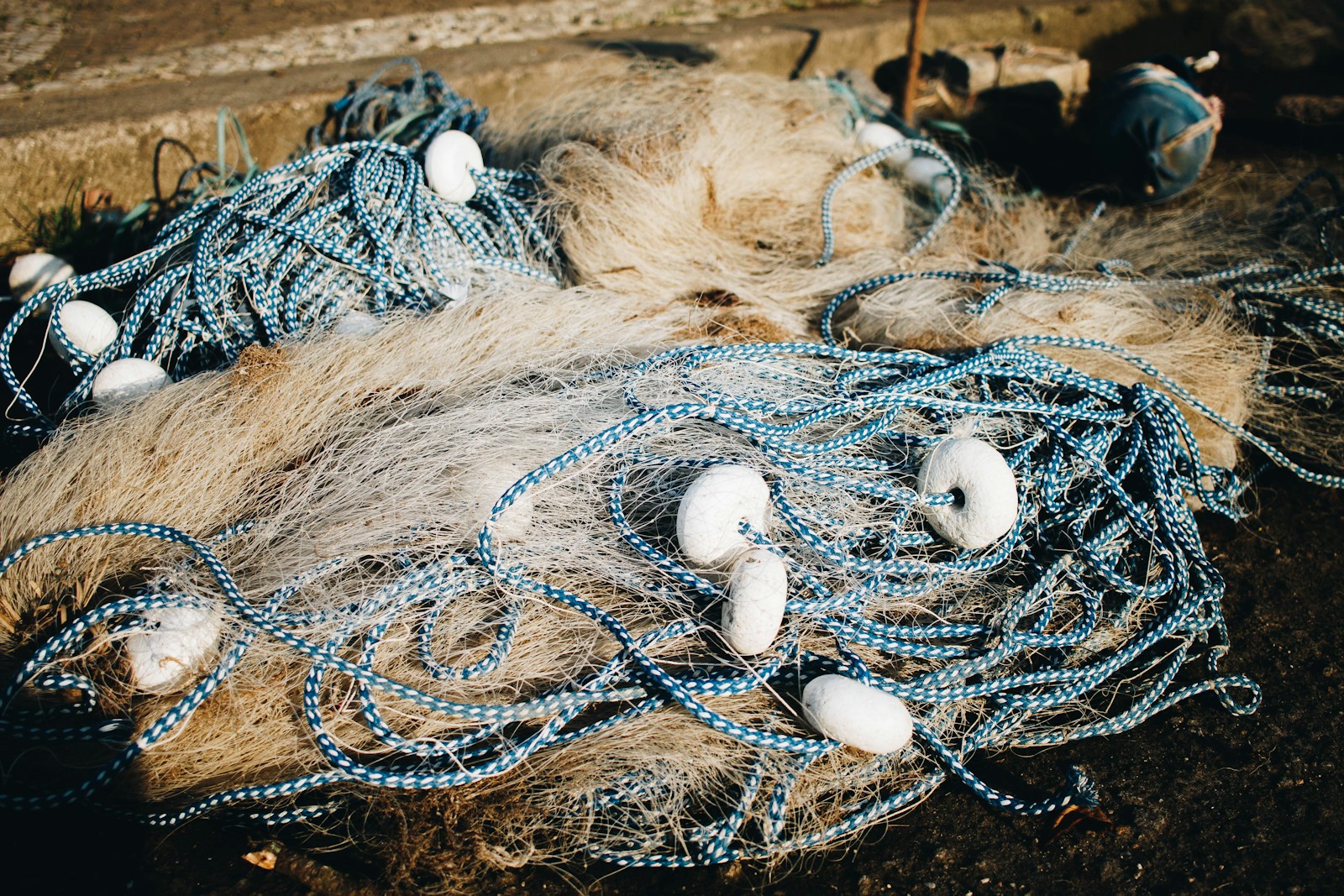
Overfishing worldwide has reduced Orcas’ food supply. Fishing gear brings a high risk of entanglement and severe injury or death. Moving boats and underwater noise disrupt their feeding, social interactions, and echolocation. Toxic contamination from industrial chemicals and pesticides can build up in their tissues and organs, affecting their immune and reproductive systems.
9. Orca Diets Require a Wide Variety of Prey
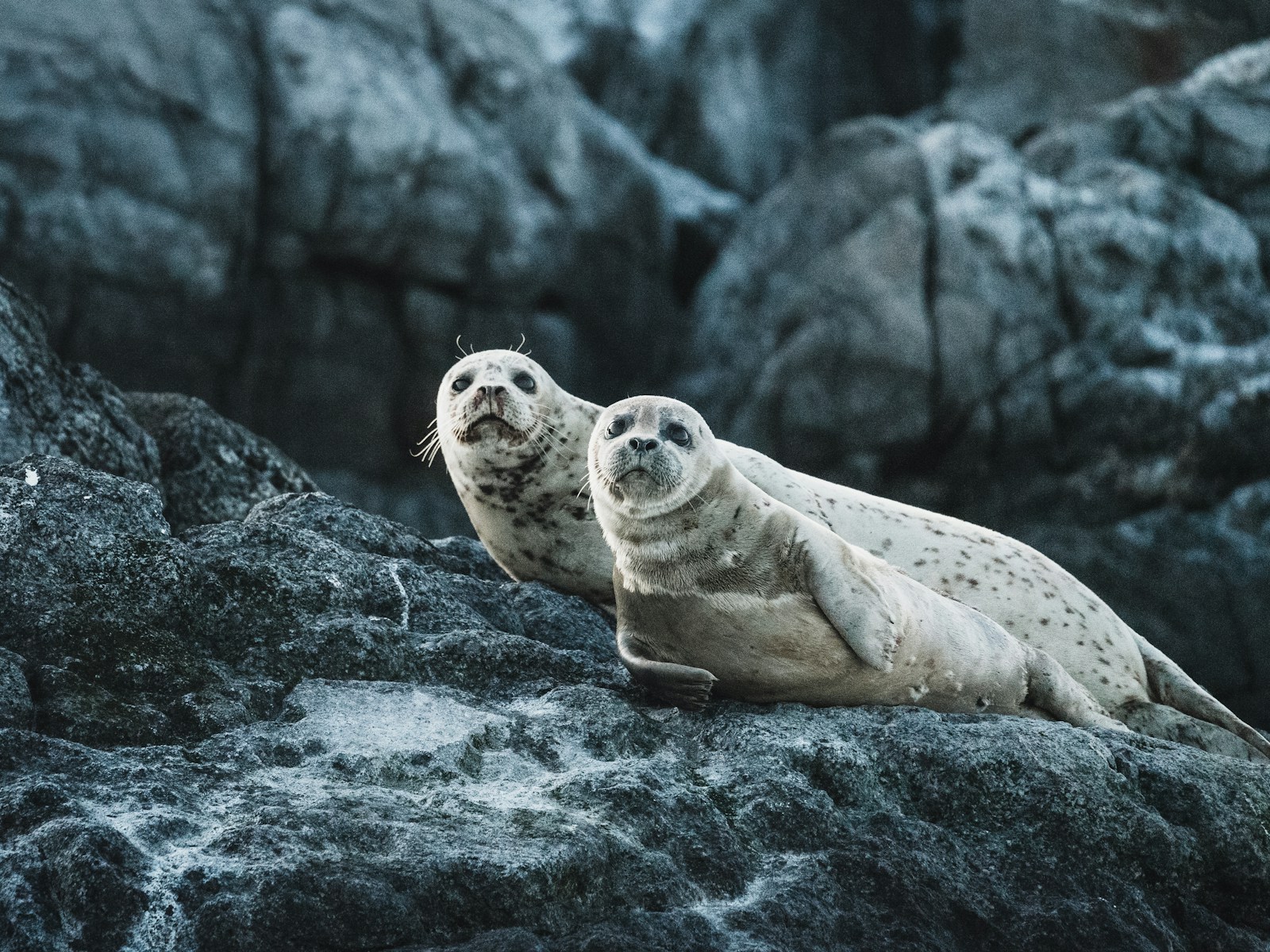
Adult orcas need to consume about 3-4% of their body weight in food each day. They meet this demand by feeding on a wide variety of prey, which includes marine mammals, fish, seabirds, and sea turtles. Orcas engage in various techniques, including herding fish and attacking larger prey such as whales. They create waves to wash seals off ice floes.
8. Orca Groups Have Their Own Languages and Dialects
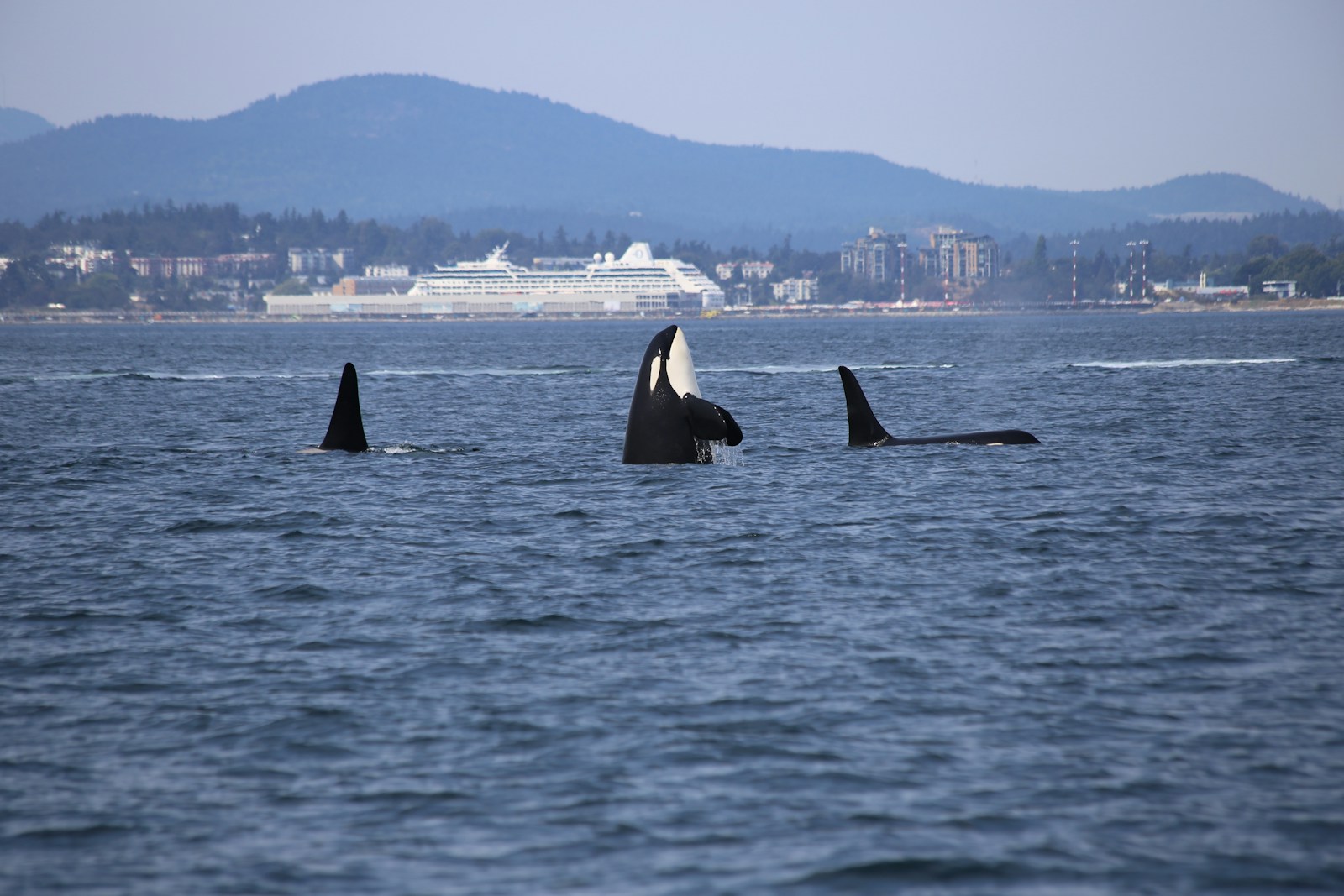
To communicate, orcas use a range of clicks, whistles, pulsed calls, squeals, squeaks, and screams. However, not only do orcas have a species level of language to communicate, but they also have a “localized” language. Just like humans do, they have what we might call local “dialects.” These are distinct languages orcas have within their family groups.
7. Killer Whales Travel Great Distances
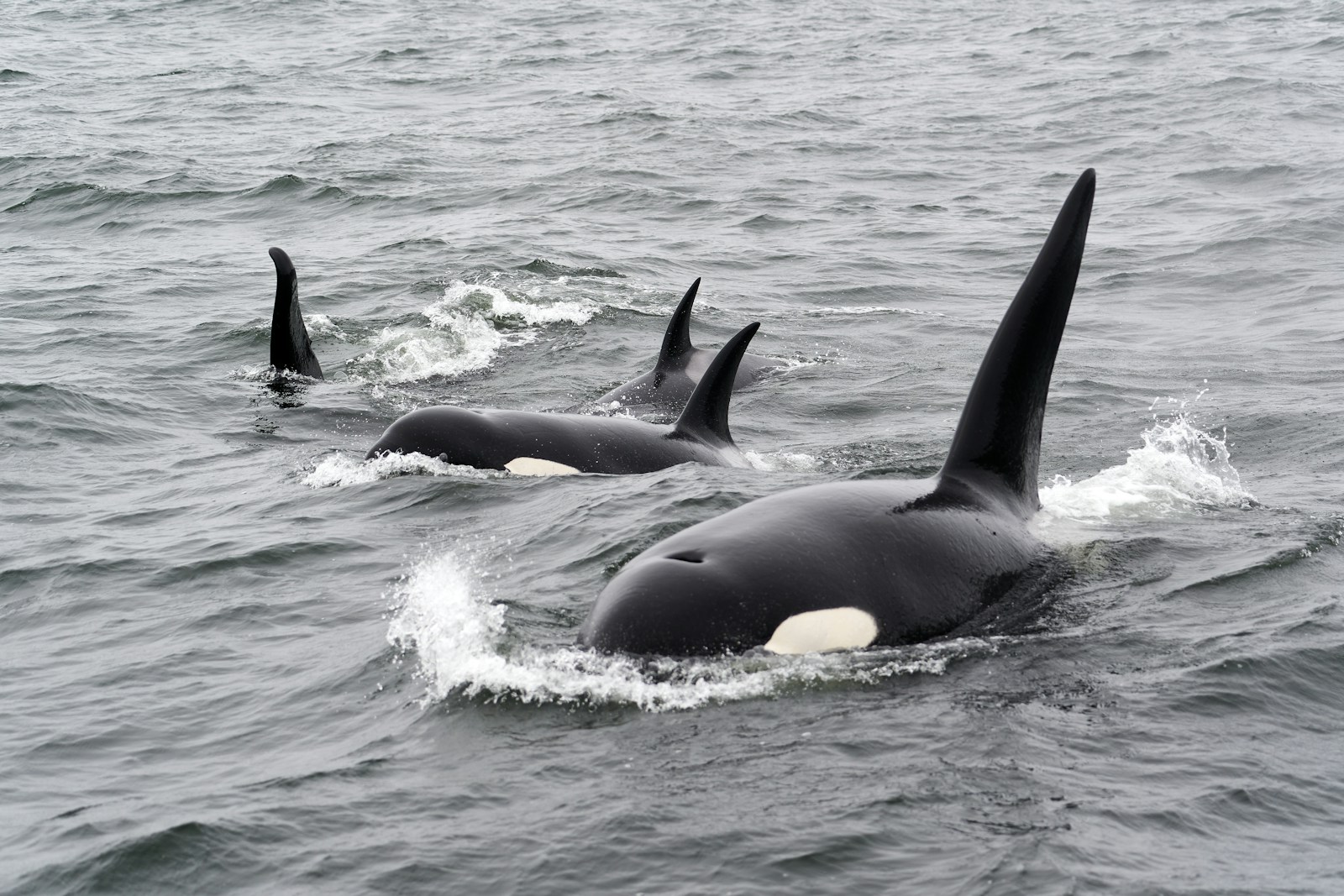
Orcas can be found in most ocean and sea habitats around the world. They are likely the second-most wide-ranging mammal on the planet next to humans. Some orcas will migrate over great distances. One orca was tracked to have traveled a non-stop round-trip migration pattern that totaled almost 9,400 kilometers.
6. Orca Pregnancies Last 17 Months
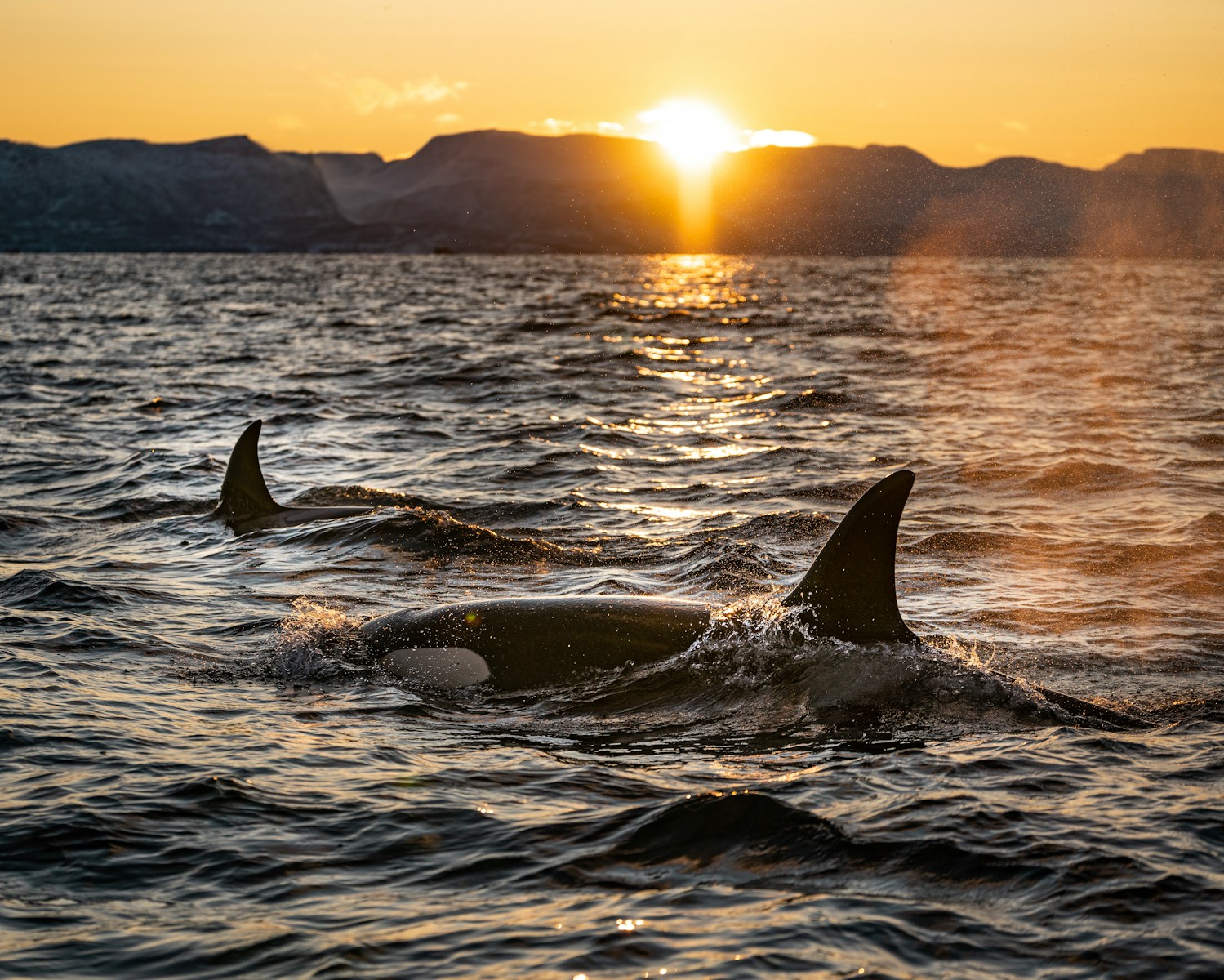
Female orcas begin breeding between ages 6-10. Peak fertility occurs around age 20 and they can breed until age 40. The gestation period averages 17 months. Females birth a single calf every 3-5 years. However, it may be as long as a decade between successful births. Between 37-50% of all calves die during the first seven months of life.
5. Orca Lifespans Are Similar to Humans
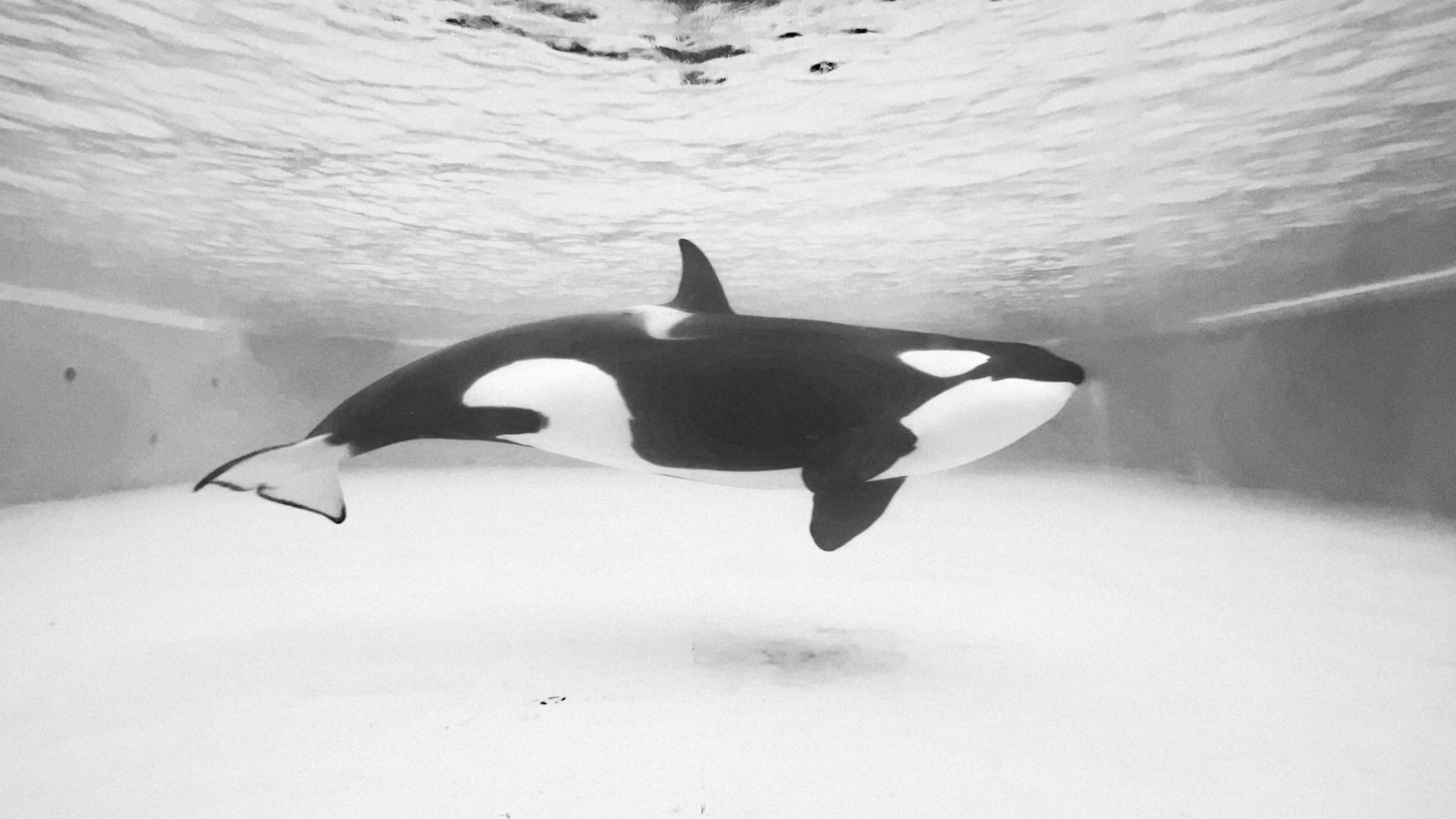
Similar to humans, orcas can live up to 90 years. However, in the wild, the lifespans of females average 50 to 80 years. Researchers claimed one specimen Granny (J2) lived until age 105. However, a biopsy indicated her age was 65-80 years. It is believed that orcas in captivity have shorter lifespans than those in the wild, but this remains debated.
4. Killer Whales Are a Top Predator
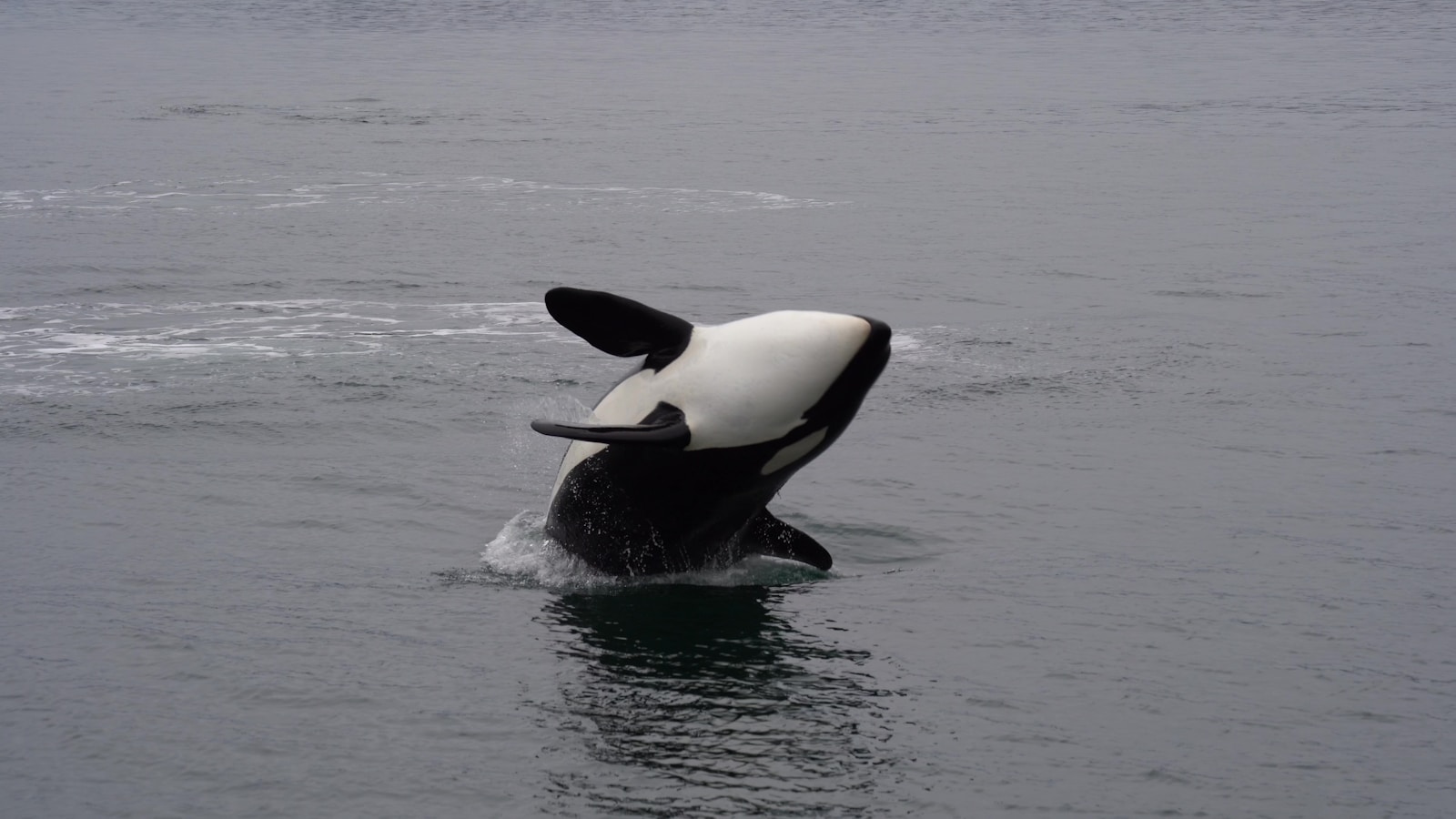
Orcas are considered “apex predators” because they have no natural predators. They commonly prey on a wide variety of smaller animals, such as seals, fish, seabirds, and sea turtles. However, they also feed on other whale species that are more than twice their size. This is because these “wolves of the sea” hunt in groups like packs.
3. How to Identify an Individual Orca
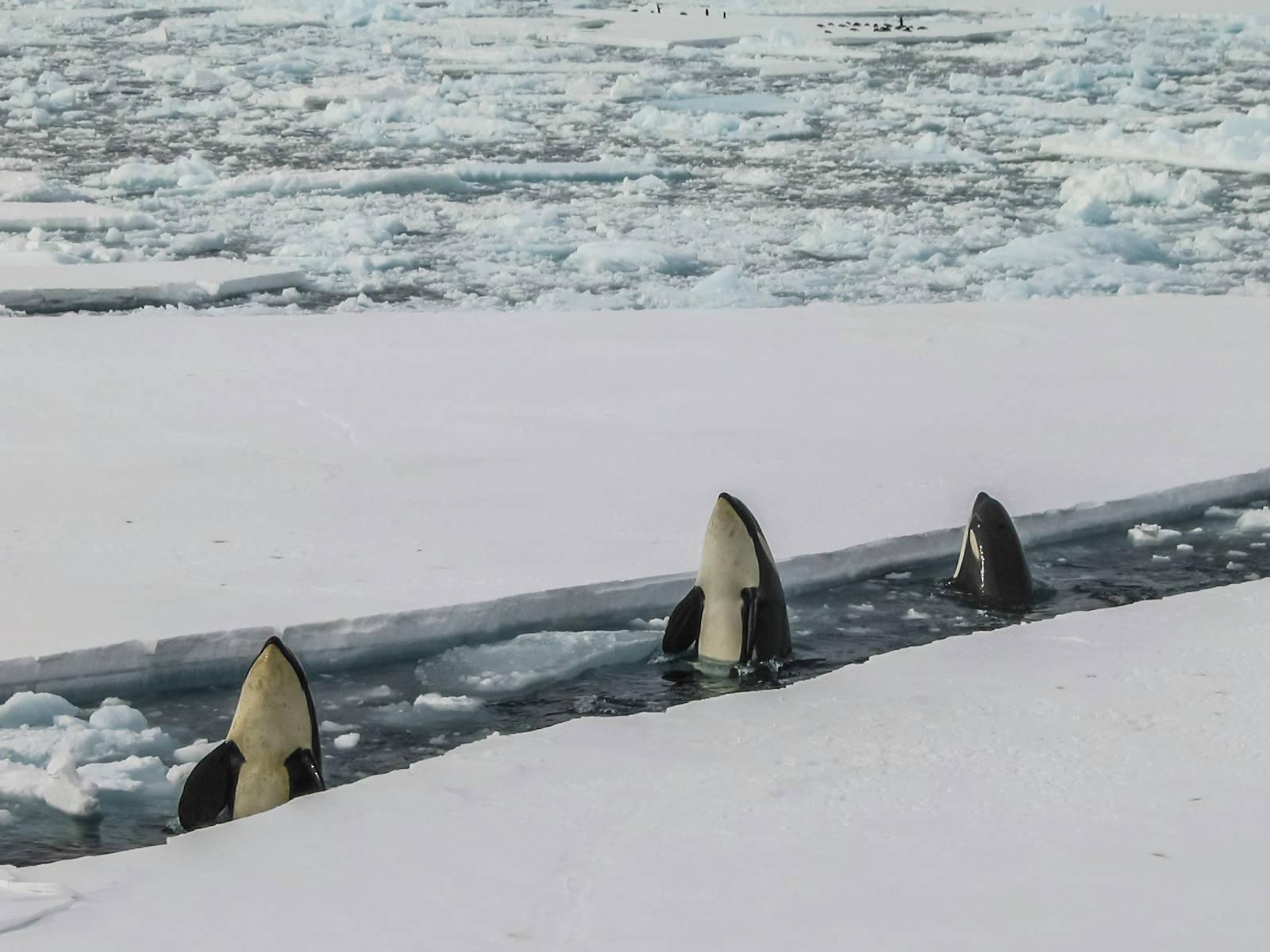
The distinctive pigmentation of adult orcas makes them instantly identifiable as a species. To identify an individual orca, marine biologists typically look at their dorsal fins and the saddle patches behind them. They also look for any visible scars. Gender differences are spotted by dorsal fin height, skin patterns in the genital area, lower jaws, and occipital crests.
Read More: Scientists Discover Greenland Sharks Can Live to 400
2. Killer Whales Are Massive
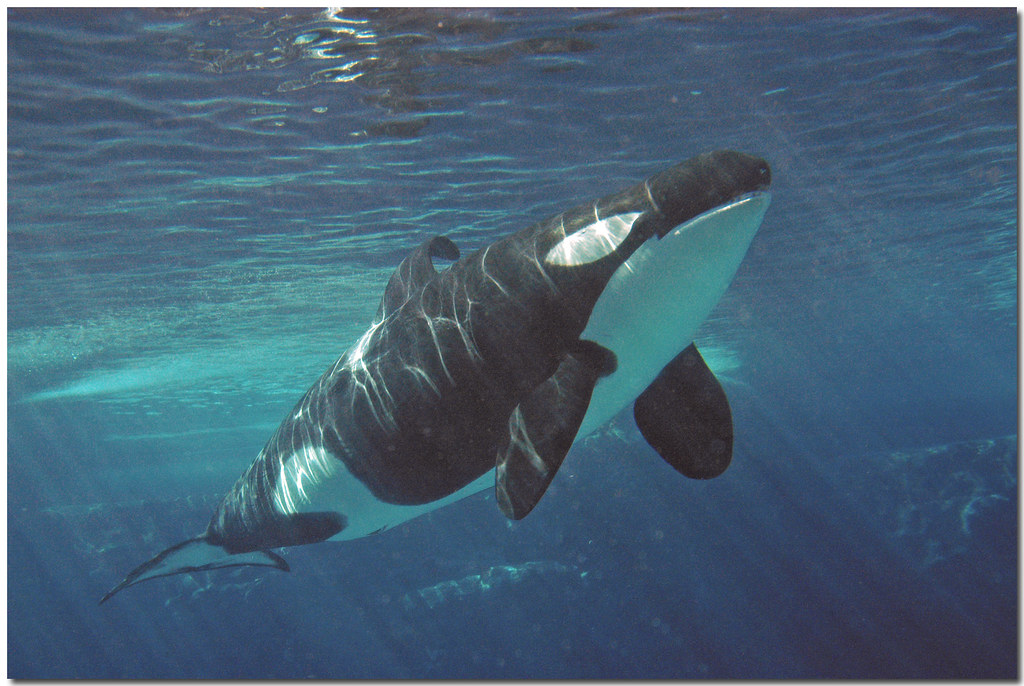
Male orcas can measure from 20 to 26 feet long and weigh more than 6 tons. Females are smaller, 16-23 feet, and weigh 3-4 tons. Male orcas also have very high dorsal fins, up to 5.9 feet. They have the highest of all cetaceans (marine mammals including whales, dolphins, and porpoises).
Read More: 10 Captivating Documentaries That Will Expand Your Mind
1. Killer Whales Are Actually Dolphins
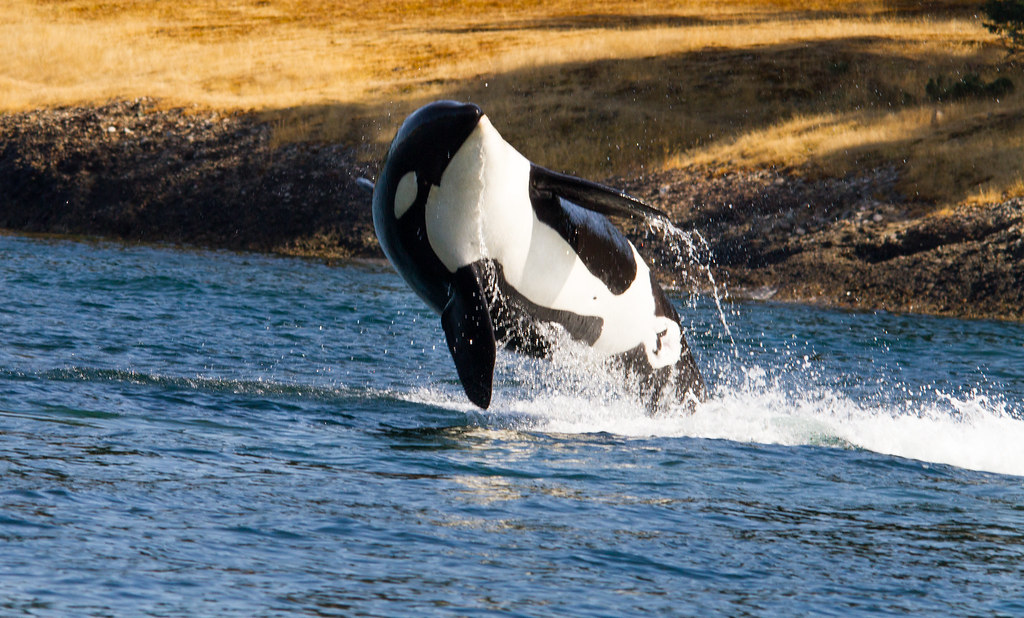
As far back as A.D. 70, Orcas gained the “killer whale” stereotype through their size and behavior. They were feared as savage predators because of their habit of sometimes ramming boats. However, orcas are actually the largest members of the dolphin family. Their scientific name is Orcinus orca (O.orca) or orca from the genus Orcinus.
Read More: Killer Whales Keep Attacking Ships at Sea




